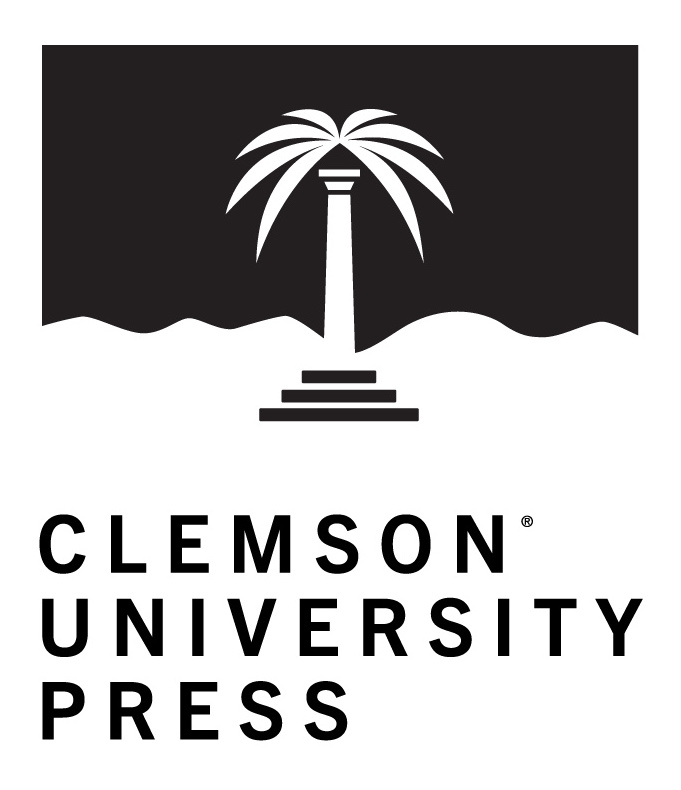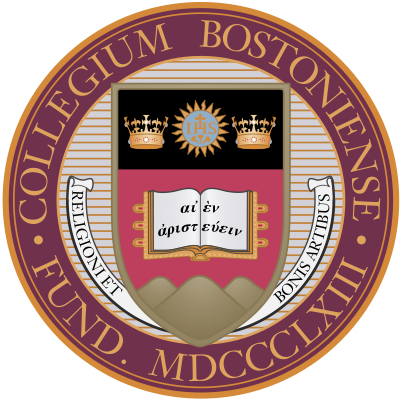DOI
https://doi.org/10.34068/IYS.02.01.02
Abstract
This essay contends that W.B. Yeats’s quest for beauty in art has far more in common with Walter Pater’s aesthetic views than is generally acknowledged. This article particularly focuses on Greek art, which provided both writers with paradigms with which to articulate their aesthetic theories. Yeats made ample use of Pater’s distinction between Ionian and Dorian art, and this opposition may in fact lie at the root of Yeats’s esoteric system set down in A Vision and based upon two contrary types of individuals, civilizations, and religions. The iconic power of art as a magical transformer of reality is asserted by both Pater and Yeats, and it is perhaps only in the question of the finality of art for Yeats, in the eschatological and magical dimension he attributed to it, that his path diverged from Pater.
Recommended Citation
Muller, Elizabeth
(2017)
"Defining Beauty: The Paterian Yeats,"
International Yeats Studies: Vol. 2:
Iss.
1, Article 3.
DOI: https://doi.org/10.34068/IYS.02.01.02
Available at:
https://open.clemson.edu/iys/vol2/iss1/3




